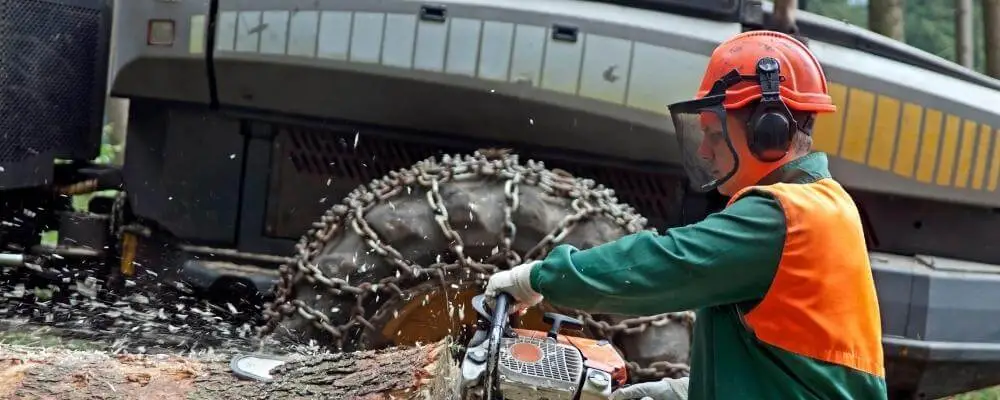best different kinds of safety helmet
The Best Different Kinds of Safety Helmets
Safety helmets are a critical component of personal protective equipment (PPE) used across various industries, including construction, manufacturing, and even sports. They protect users from head injuries caused by falling objects, impacts, or electric shocks. With the variety of helmets available, it's essential to understand the different types and their specific applications to ensure optimal safety. In this article, we will explore the best different kinds of safety helmets suited for different purposes.
1. Hard Hats
Hard hats are perhaps the most recognizable type of safety helmet. They are predominantly used in construction and industrial settings where the risk of head injuries from falling objects is significant. Hard hats come in various designs, including Type I, which is designed to provide protection primarily from impacts to the top of the head. Type II hard hats offer lateral protection as well, making them suitable for areas where side impacts might occur.
Hard hats can be equipped with accessories like face shields, ear protectors, and reflective stickers for enhanced visibility. Many modern hard hats are lightweight, comfortable, and provide a good balance between protection and usability.
2. Bump Caps
Bump caps are a lightweight alternative to hard hats, designed for environments where there is a slight risk of head bumps, such as low-clearance areas. They do not provide the same level of protection as hard hats, but they offer cushioning against minor impacts. Typically made of a soft material like foam or molded plastic, bump caps are perfect for warehouse operations or manufacturing facilities where the risk of falling objects is minimal.
Despite their limited protective capabilities, bump caps are popular due to their comfort and ventilation. Many workers prefer them for indoor environments where hard hats may not be necessary but where head protection is still advisable.
Climbing helmets are specialized safety helmets designed for the outdoor and adventure sports industry. They are lightweight and equipped with features such as ventilation holes and a snug fit to ensure comfort during extended use. Climbing helmets protect against impacts from falling objects, as well as impacts that may occur during a fall.
best different kinds of safety helmet

These helmets often come with attachments for headlamps and are constructed from tough materials that can withstand abrasions. Climbing helmets are essential for climbers, hikers, and outdoor enthusiasts who seek safety while enjoying their adventures.
4. Sports Helmets
In the realm of sports, various helmets are designed for specific activities, including football, cycling, and skateboarding. Sports helmets incorporate safety features tailored to absorb impacts, preventing concussions and serious injuries. For instance, football helmets come with padding and faceguards, while cycling helmets prioritize aerodynamics and ventilation.
Sports helmets adhere to strict safety standards and require regular inspection for damage. They play a crucial role in protecting athletes, especially in contact sports where head injuries are prevalent.
5. Firefighting Helmets
Firefighting helmets are designed to protect firefighters from extreme conditions, including heat, falling objects, and impacts. These helmets are typically made from high-temperature-resistant materials and are equipped with visors and ear protection. Firefighting helmets also often feature reflective materials for visibility in smoky or dark environments.
The design of these helmets is focused not only on protection but also on allowing for the attachment of communication devices and lights, making them essential tools for efficient rescue operations.
Conclusion
Choosing the right safety helmet is crucial for ensuring protection in various environments and activities. From hard hats in construction to climbing helmets for outdoor pursuits, each type of helmet is engineered for specific risks and requirements. When selecting a safety helmet, it is essential to consider the environment, potential hazards, and comfort to ensure maximum safety and efficacy. Investing in the right safety helmet not only complies with industry regulations but, more importantly, protects lives.
-
Wholesale Safety Helmets - Cheap OEM Supplier China Manufacturer
NewsMay.30,2025
-
Top Safety Helmet Manufacturers in Japan - Durable & Certified
NewsMay.30,2025
-
Affordable 3M Safety Helmets in Pakistan Bulk Pricing & Factory Deals
NewsMay.30,2025
-
Affordable HDPE & EN397 Hard Hats - Safety Certified, Bulk Deals
NewsMay.29,2025
-
FDA-Compliant Food Safety Clothing Suppliers Health Dept Approved
NewsMay.29,2025
-
adidas safety clothing
NewsMar.07,2025
